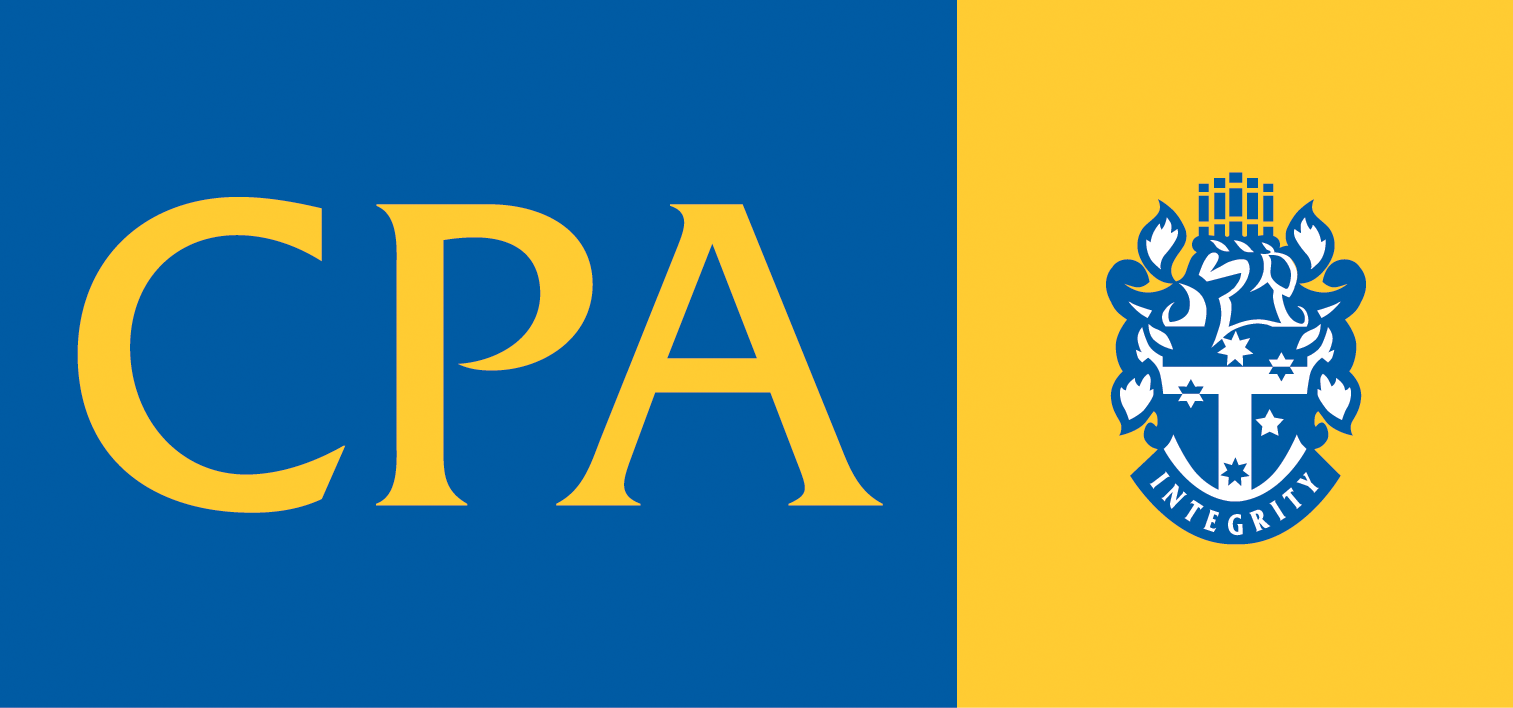Live reporting through Single Touch Payroll
Single touch payroll (STP) reporting has changed the way businesses report salary and wages, PAYG withholding and superannuation contribution information to the ATO.
For the 2018-19 financial year, only businesses with 20 or more employees were required to use STP. From 1 July 2019, all businesses will need to use STP although there is some leniency for micro businesses struggling with implementation.








